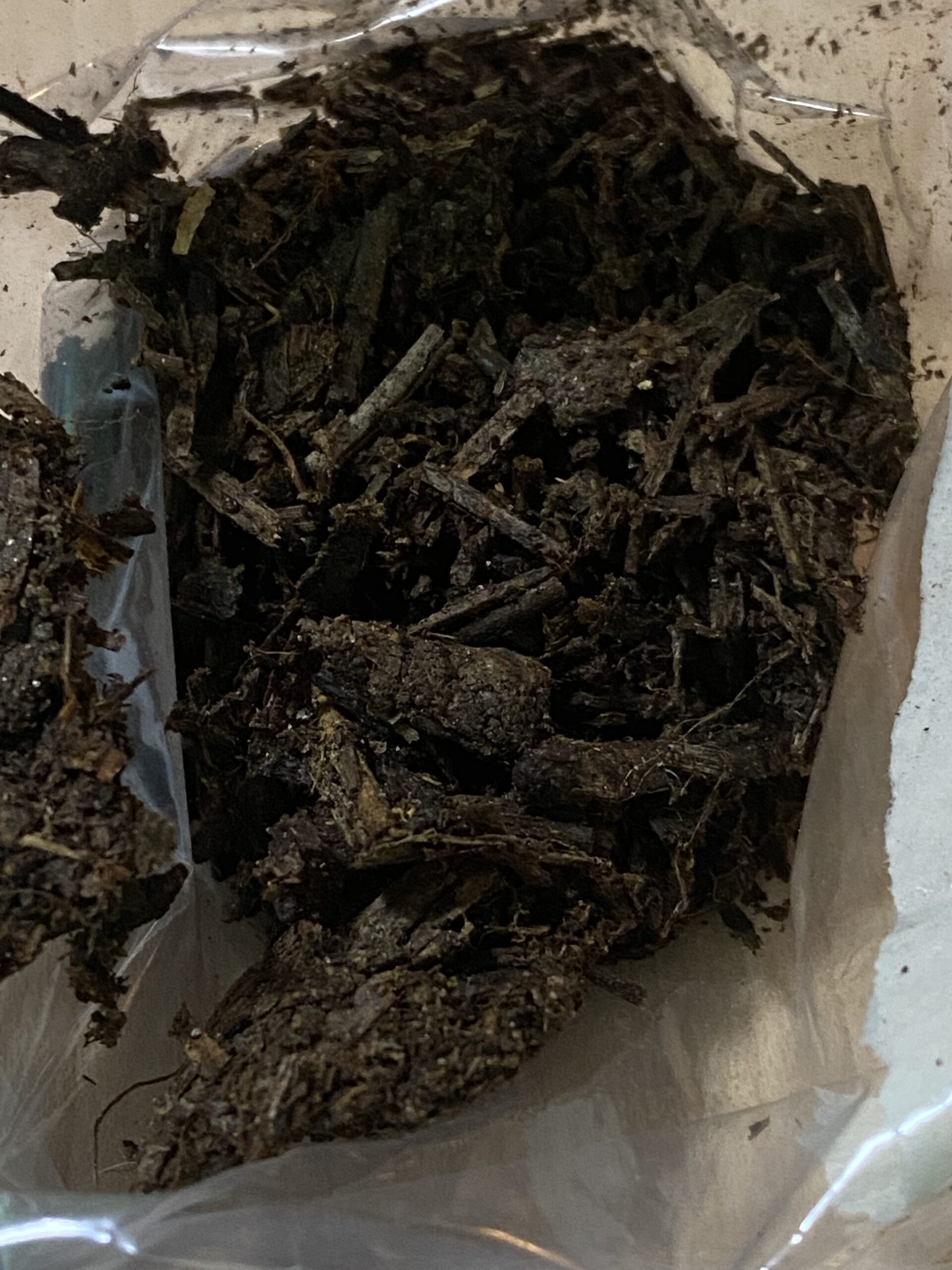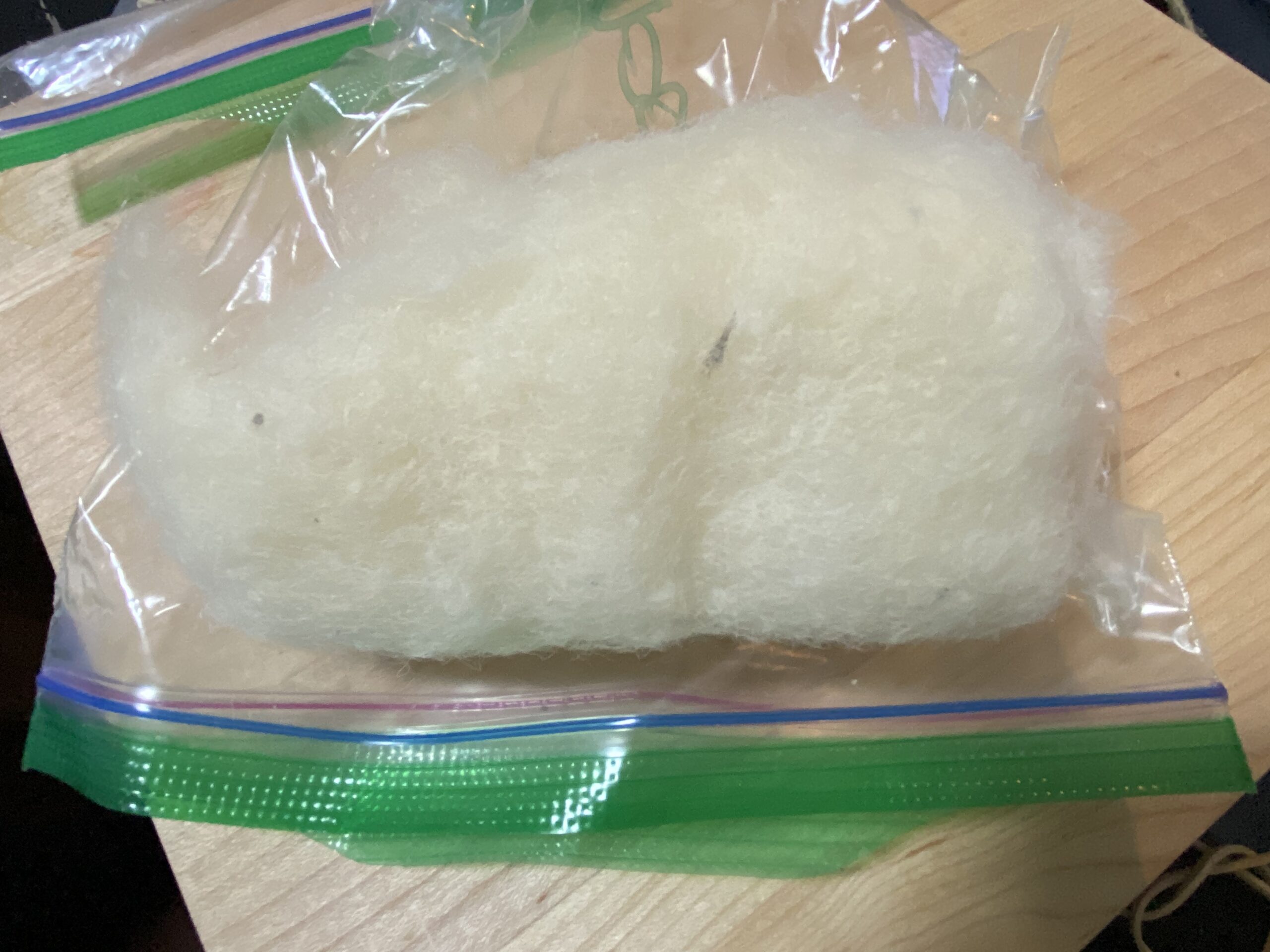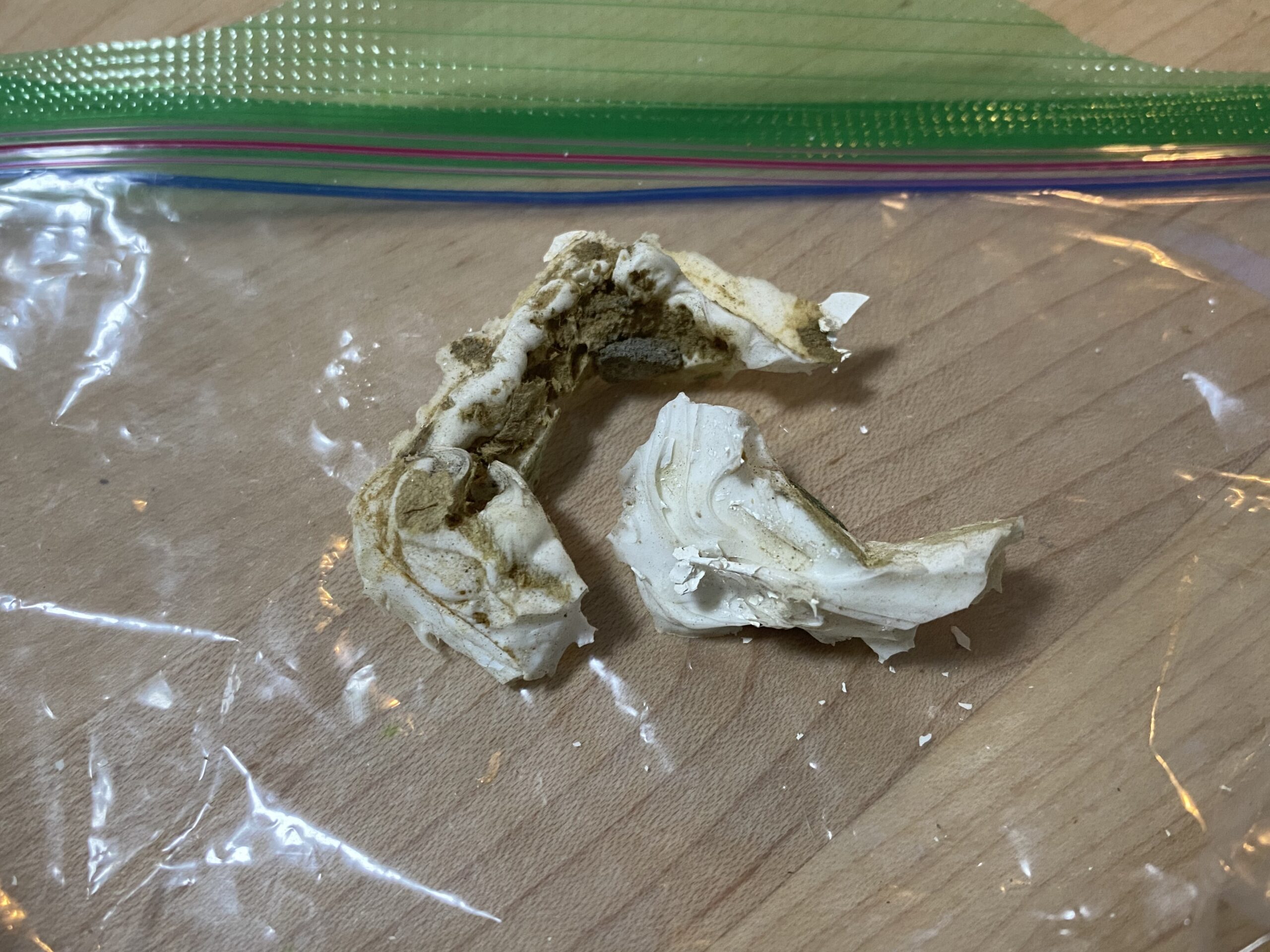A’s soil from Marin County, California (samples collected June, 2022) & a sample of caulk and wool.
Published: July 11, 2022 – Monday
All tests done multiple times to confirm the results. Test result sets reported below are each for testing done for a minimum of 60-seconds per test.
- Article discussing soil hazard levels
- Article discussing testing soil
- Article discussing what I have done to address soil contamination in our yard
- Sample 1 –
- Lead (Pb): non-detect
- Cadmium (Cd): 7 +/- 5 ppm
- Tin (Sn): non-detect
- Mercury (Hg): non-detect
- Selenium (Se): non-detect
- Barium (Ba): 113 +/- 29 ppm
- Chromium (Cr): non-detect
- Antimony (Sb): non-detect
- Copper (Cu): 60 +/- 22 ppm
- Zinc (Zn): 111 +/- 17 ppm
- Manganese (Mn): 1,201 +/- 160 ppm
- Titanium (Ti): 4,519 +/- 838 ppm
- Iron (Fe): 59,600 +/- 1,100 ppm
- Platinum (Pt): 69 +/- 28 ppm
- No other metals detected.
- Sample 2 –
- Lead (Pb): non-detect
- Cadmium (Cd): non-detect
- Tin (Sn): non-detect
- Mercury (Hg): non-detect
- Selenium (Se): non-detect
- Barium (Ba): 100 +/- 28 ppm
- Chromium (Cr): non-detect
- Antimony (Sb): non-detect
- Copper (Cu): 44 +/- 21 ppm
- Zinc (Zn): 103 +/- 16 ppm
- Manganese (Mn): 1,172 +/- 158 ppm
- Titanium (Ti): 3,690 +/- 815 ppm
- Iron (Fe): 56,600 +/- 1,100 ppm
- Platinum (Pt): 65 +/- 27 ppm
- No other metals detected.
- Sample 3 –
- Lead (Pb): 11 +/- 7 ppm – safe by all standards
- Cadmium (Cd): non-detect
- Tin (Sn): non-detect
- Mercury (Hg): non-detect
- Selenium (Se): non-detect
- Barium (Ba): 165 +/- 30 ppm
- Chromium (Cr): non-detect
- Antimony (Sb): non-detect
- Copper (Cu): 44 +/- 22 ppm
- Zinc (Zn): 84 +/- 16 ppm
- Manganese (Mn): 1,384 +/- 168 ppm
- Titanium (Ti): 3,917 +/- 846 ppm
- Iron (Fe): 62,600 +/- 1,200 ppm
- Platinum (Pt): 59 +/- 29 ppm
- No other metals detected.
- Sample 4 –
- Lead (Pb): non-detect
- Cadmium (Cd): 10 +/- 5 ppm
- Tin (Sn): non-detect
- Mercury (Hg): non-detect
- Selenium (Se): non-detect
- Barium (Ba): 181 +/- 31 ppm
- Chromium (Cr): non-detect
- Antimony (Sb): non-detect
- Copper (Cu): 57 +/- 24 ppm
- Zinc (Zn): 126 +/- 19 ppm
- Manganese (Mn): 1,411 +/- 174 ppm
- Titanium (Ti): 4,958 +/- 892 ppm
- Iron (Fe): 65,100 +/- 1,300 ppm
- Platinum (Pt): 47 +/- 30 ppm
- Bismuth (Bi): 13 +/- 8 ppm
- No other metals detected.
- Sample 5 –
- Lead (Pb): 7 +/- 4 ppm – safe by all standards
- Cadmium (Cd): non-detect
- Tin (Sn): non-detect
- Mercury (Hg): non-detect
- Selenium (Se): non-detect
- Barium (Ba): 352 +/- 167 ppm
- Arsenic (As): non-detect
- Chromium (Cr): non-detect
- Antimony (Sb): non-detect
- Zinc (Zn): 19 +/- 7 ppm
- Iron (Fe): 3,151 +/- 79 ppm
- No other metals detected.
- Sample 6 –
- Lead (Pb): non-detect
- Cadmium (Cd): non-detect
- Tin (Sn): non-detect
- Mercury (Hg): non-detect
- Selenium (Se): non-detect
- Barium (Ba): 132 +/- 31 ppm
- Arsenic (As): non-detect
- Chromium (Cr): non-detect
- Antimony (Sb): non-detect
- Copper (Cu): 60 +/- 24 ppm
- Zinc (Zn): 130 +/- 19 ppm
- Manganese (Mn): 1,341+/- 171 ppm
- Titanium (Ti): 5,258 +/- 872
- Zirconium (Zr): 242 +/- 11 ppm
- Niobium (Nb): 219 +/- 18 ppm
- Iron (Fe): 70,900 +/- 1,400 ppm
- Platinum (Pt): 75 +/- 32 ppm
- No other metals detected.
- Sample 7 –
- Lead (Pb): non-detect
- Cadmium (Cd): non-detect
- Tin (Sn): non-detect
- Mercury (Hg): non-detect
- Selenium (Se): non-detect
- Barium (Ba): 211 +/- 30 ppm
- Arsenic (As): non-detect
- Chromium (Cr): non-detect
- Antimony (Sb): non-detect
- Copper (Cu): 48 +/- 22 ppm
- Zinc (Zn): 103 +/- 17 ppm
- Manganese (Mn): 925 +/- 155 ppm
- Titanium (Ti): 4,056 +/- 879 ppm
- Zirconium (Zr): 288 +/- 11 ppm
- Iron (Fe): 59,700 +/- 1,100 ppm
- Platinum (Pt): 43 +/- 28 ppm
- No other metals detected.
- Sample 8 – Front Lawn
- Lead (Pb): 11 +/- 7 ppm – safe by all standards
- Cadmium (Cd): non-detect
- Tin (Sn): non-detect
- Mercury (Hg): non-detect
- Selenium (Se): non-detect
- Barium (Ba): 72 +/- 26 ppm
- Arsenic (As): non-detect
- Chromium (Cr): non-detect
- Antimony (Sb): non-detect
- Copper (Cu): 45 +/- 20 ppm
- Zinc (Zn): 116 +/- 16 ppm
- Manganese (Mn): 483 +/- 139 ppm
- Bromine (Br): 15 +/- 2 ppm
- Niobium (Nb): 256 +/- 16 ppm
- Iron (Fe): 33,800 +/- 700 ppm
- No other metals detected.
- Sample 9 – Wool Sample (photo #1 below)
- Zinc (Zn): 100 +/- 10 ppm
- Bromine (Br): 8 +/- 2 ppm
- Iron (Fe): 91 +/- 27 ppm
- No other metals detected.
- Sample 10 – Caulk Sample (photo #2 below)
- Lead (Pb): 567 +/- 24 ppm
- Cadmium (Cd): 16 +/- 4 ppm
- Tin (Sn): 112 +/- 8 ppm
- Mercury (Hg): non-detect
- Selenium (Se): non-detect
- Barium (Ba): non-detect
- Arsenic (As): non-detect
- Chromium (Cr): non-detect
- Antimony (Sb): 20 +/- 9 ppm
- Copper (Cu): 456 +/- 35 ppm
- Zinc (Zn): 1,180 +/- 46 ppm
- Titanium (Ti): 15,900 +/- 1,100 ppm
- Niobium (Nb): 475 +/- 16 ppm
- Indium (In): 21 +/- 6 ppm
- Iron (Fe): 327 +/- 81 ppm
- Cobalt (Co): 106 +/- 42 ppm
- No other metals detected.
For those new to this website:
Tamara Rubin is a multiple-Federal-award-winning independent advocate for consumer goods safety and a documentary filmmaker. She is also a mother of Lead-poisoned children. Tamara’s sons were acutely Lead-poisoned in August of 2005. She began testing consumer goods for toxicants in 2009 and was the parent-advocate responsible for finding Lead in the popular fidget spinner toys in 2017. Tamara uses XRF testing (a scientific method used by the U.S. Consumer Product Safety Commission) to test consumer goods for toxicants (specifically heavy metals), including Lead, Cadmium, Mercury, Antimony, and Arsenic. All test results reported on this website are science-based, accurate, and replicable. Items (and separate components) are each tested multiple times, to confirm the test results for each component tested and reported on. Please click through to this link to learn more about the testing methodology used for the test results discussed and reported on this website.
Never Miss an Important Article Again!
Join our Email List






Whoa! The caulk is surprising. I wonder if it’s standard caulking that they use in bathtubs and bathroom sinks.
I wonder if the caulk was ripped off of something that was leaded and the residue made it test positive or if it itself was leaded.
Both sides of the caulk tested positive for high levels of lead, which might suggest it is in the caulk itself.
T